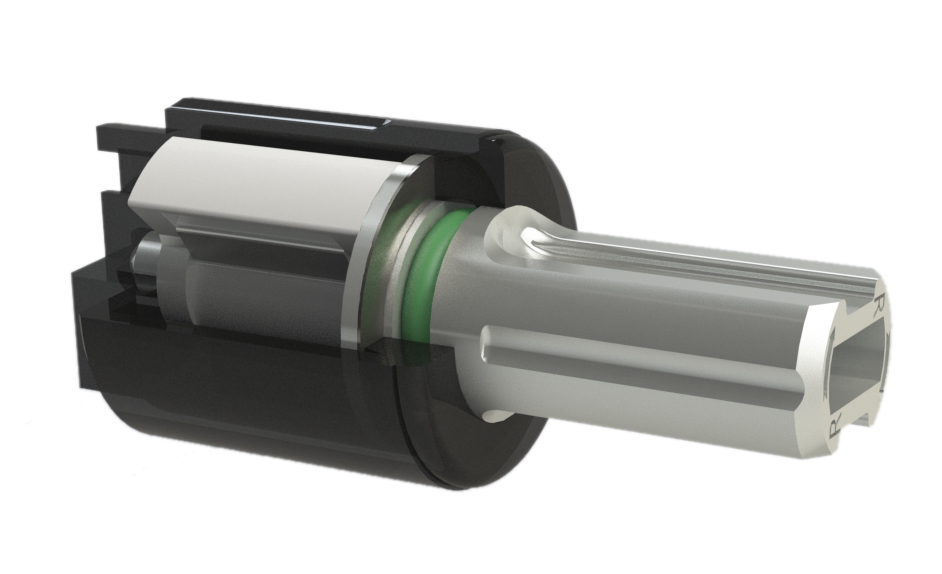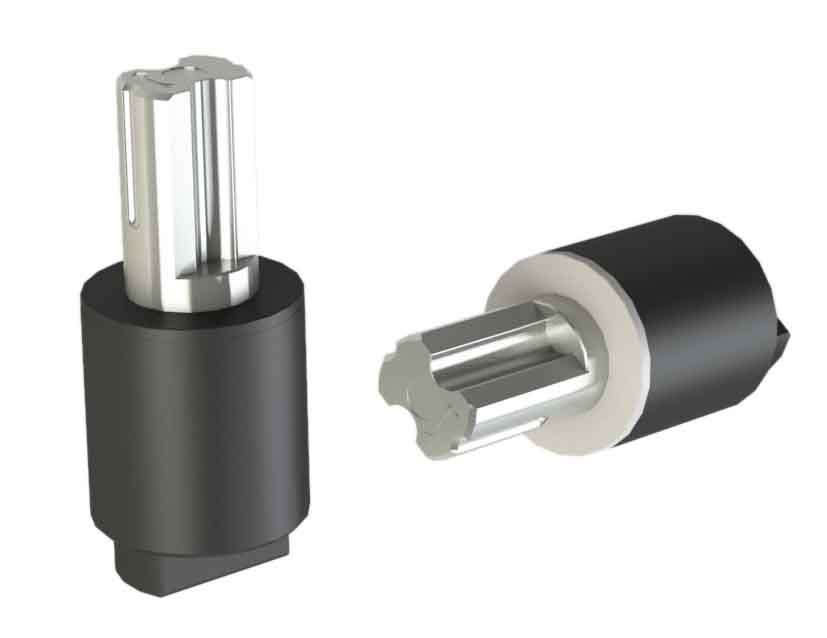Common pressure transmitter failures and troubleshooting
Common pressure transmitter failures and troubleshooting.
1. When pressure is applied, the output of the pressure transmitter does not change with the output of the pressure transmitter, then the output of the pressure transmitter suddenly changes and the pressure transmitter returns to zero.
This should check for leaks or blockages in the pressure port, check the connection and power supply. If the sensor output is normal, or if it is simple, see if the output pressure has changed. Prove that the sensor is damaged. If the sensor is not replaced and the sensor is damaged, it will change. Finally, it can be seen as a system of instrument damage or other aspects.
2. The pressure transmitter output signal is unstable.
This situation should take into account the instability of the pressure source itself. Pressure sensor instruments or anti-interference ability is not strong. The sensor wiring is unstable; the sensor itself is a very powerful vibration sensor.
3. The output of the pressure transmitter is constant, the output of the pressure transmitter suddenly changes, and the zero position of the pressure transmitter cannot be returned.
Check the sensor ring, usually because the seal is too large (too soft or too thick). When the sensor fastening seal is compressed to the sensor occlusion sensor, the pressure medium cannot be pressurized, but when the pressure is high, the seal ring suddenly flushes, the pressure sensor changes pressure, and the pressure reappears. When the second compression occurs, the seal ring returns to block the pressure inlet and the residual pressure cannot be released, so the zero position of the sensor does not decrease again. The reason is to remove the sensor and see if the zero is normal. If the seal is replaced correctly, please try again.
4. The pressure transmitter receiver has no output.
The faulty line (instrument and sensor to check) the circuit of the B conductor itself is damaged or shorted. The C power supply has no output or the power supply does not match D. The instrument is damaged or the instrument does not match.
5. The pressure transmitter is wrong.
The range in which the normal error is determined is the error of the estimated pressure gauge value. For example, the gauge has a range of 30, an accuracy of 1.5%, a minimum of 0.2, an error of 30 x 1.5% (visual error) = 0.55 + 0.2*, and a pressure of 0.2 bar is the error value.
Typically, some of the faults that occur when using a pressure transmitter are analyzed and processed in the following manner.
alternative method:
Prepare a normal transmitter to directly replace the suspect.
In this way, it can quickly and easily determine if the transmitter itself has failed or failed in the pipeline or other equipment.
B circuit disconnection method:
Separate the suspect from the others and see if the fault has disappeared. If it disappears, identify the error, or you can find the next step. For example, an intelligent differential pressure transmitter cannot communicate with HART. The power supply can be disconnected from the main body and connected to the pressure transmitter. Communication, see if the cable has 2KHz electromagnetic signal and interfere with communication.
C. Short circuit detection:
In the case of safety, directly connected related component circuits, such as differential sensors, have small output values, the conduit can be disconnected, and the differential signal is directly drawn from the pressure transmitter output pressure differential pressure transmitter to observe T . He is blocked. And leak connectivity.
Rotary Damper is mainly aimed at damping control of the motion of some parts in the direction of rotation, ensure that the rotary motion is achieved in soft, silent and safe environment. Rotary damper according to the rotation angle, rotary damper can be divided into more than 360 degrees circular rotation angle and limit rotation angle. Different types according to the installation type of the product, rotary damper can be divided into Barrel Damper, Vane Damper, stop damper, Gear Damper , Disk Damper and Shaft Damper etc. ABD rotary dampers are used to dampen drives, control speed, and many other applications.
Our rotary dampers are widely used in automobile interior decoration, household electric appliances, furniture, invisible screens, theater seats and bathroom products, etc. ABD damper is conducive to performing structural movement in soft, silent and safe environment, mitigating impact load, avoiding strike damage, prolonging mechanical life, reducing noise disturbance, improving product quality and improve customer satisfaction.


Full inspection of all our products torque , guarantee the stability of the product torque. The company's salesmen after years of working in the market, ensuring the timeliness of feedback and customer service. Our company has a leading R & D team in the peer, our product has several patents, ensuring a steady stream of new product development for the company. At present, our company developed products are the first to peer object of imitation.
If you have any questions, please contact with us directly and we have the perfect after-sales service and technical support. We look forward to working with you side by side, to be a long-term partner whom you can trust.
Rotary Damper
Rotary Damper,Friction Rotary Dampers,Small Rotary Dampers,Large Rotary Dampers
Shenzhen ABD Equipment Co., Ltd. , https://www.abddamper.com
